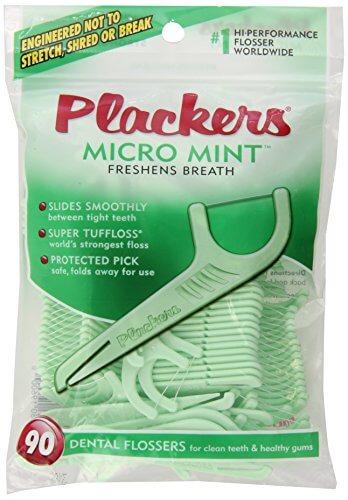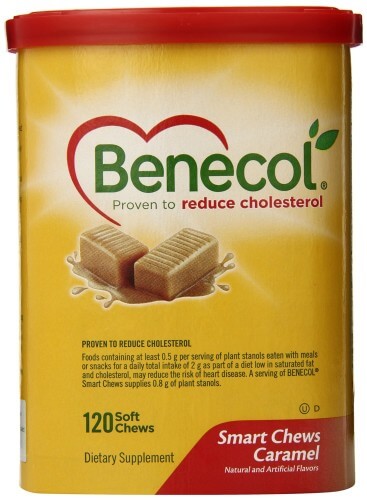
What Is a Cavity? Dr. Alin Alkass Explains
When it comes to brushing, fear of cavities may be a more significant motivator than fear of periodontal disease. From the time we’re able to hold a toothbrush, we’re encouraged to present a cavity-free smile to our dentists—and for good reason. Left unchecked, cavities can cause serious and painful problems, from infections, to abscesses, to tooth loss.
Dr. Alin Alkass notes that to understand cavities, we first have to understand how teeth are structured. Teeth have several layers, the first of which is called the enamel. Enamel is the hardest substance in your body—harder even than bone. Just beneath your enamel is another layer called dentin, which is almost as hard as bone. Beneath the dentin is the pulp, which is soft vascular tissue that contains nerves and blood vessels.
Different types of bacteria naturally exist in your mouth. They mix with saliva to form a film called plaque. Some types of bacteria found in plaque are harmless, while others can cause tooth decay.
When you eat, food particles are left on your teeth. Foods that are high in carbohydrates― especially sugary foods like candy and soda—make your enamel vulnerable to decay from certain types of bacteria. The bacteria actually consumes the carbohydrates, creating acid as a by-product. The acid eventually wears a hole in the enamel layer, after which it quickly spreads into the dentin. Left unchecked, the bacteria will spread into the tooth pulp.
Cavities are most likely to form in the pits and grooves of molars, where enamel is thinnest and food is easily trapped. However, they can occur on any tooth surface.
While most people will develop a few cavities in their lifetime, Dr. Alin Alkass notes that dates with the dental drill can be minimized by using proper preventative care. First and foremost, brush and floss regularly. Brushing removes plaque and food particles from the surface of your teeth so that bacteria doesn’t have a chance to colonize and grow. Flossing removes them from tight spaces below the gums where your toothbrush can’t reach.
Drinking tap water (which has fluoride) and using rinses that contain fluoride can also help prevent cavities. Fluoride adds minerals to your teeth, which helps to build up and fortify the enamel. This makes it more resistant to erosion, both from bacteria and from acidic foods in your daily diet.
Visiting your dentist regularly is yet another way to prevent cavities. Your dentist can find soft or weak areas in your enamel before they become cavities. In addition, if you do develop cavities, your dentist can catch them when they’re small and easy to fill. Never wait until you have pain to visit your dentist. Keep in mind that at first, cavities cause no pain. By the time you feel discomfort, tooth decay has already set in, and may require intervention.



